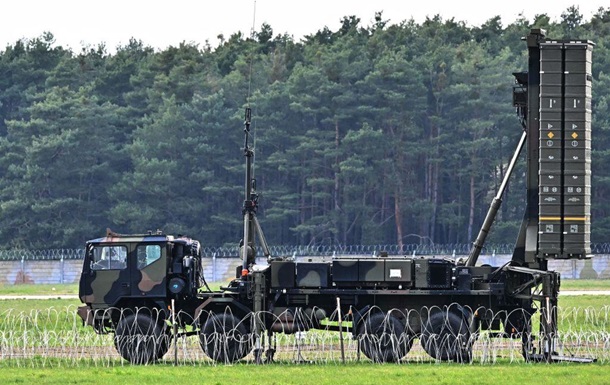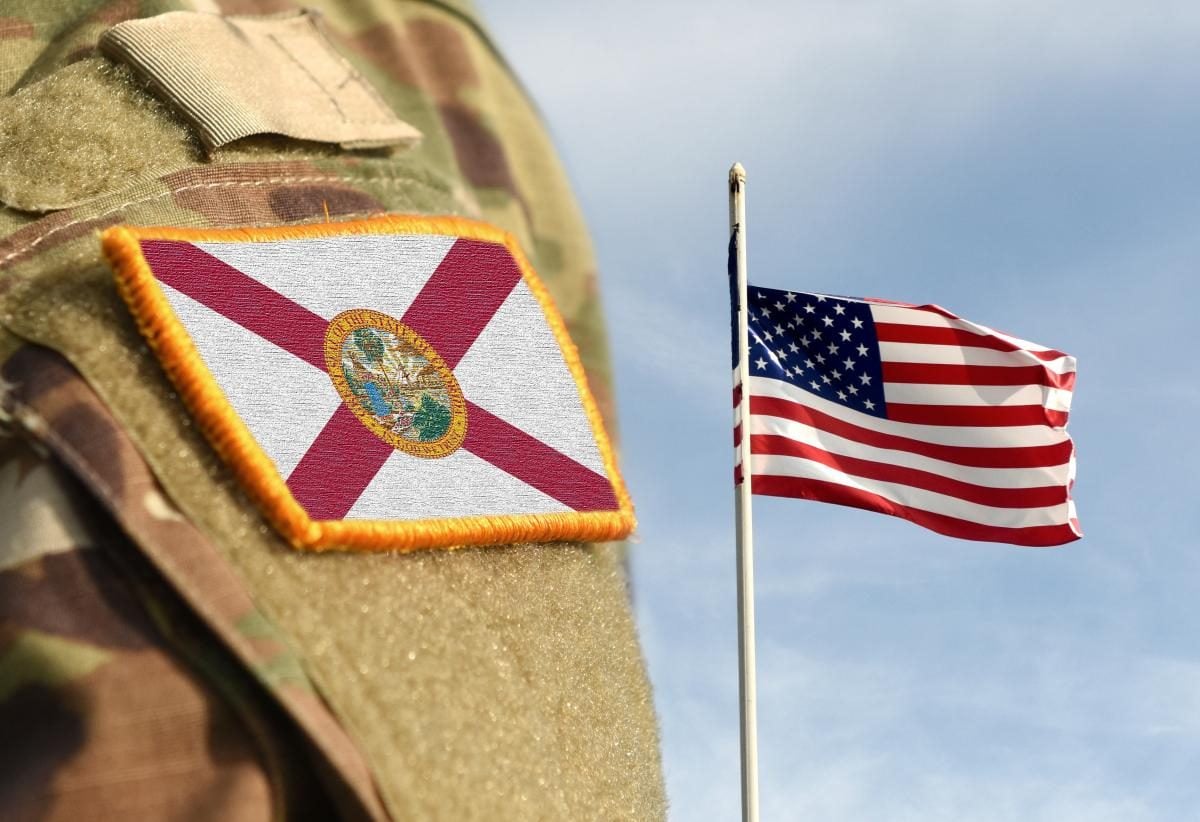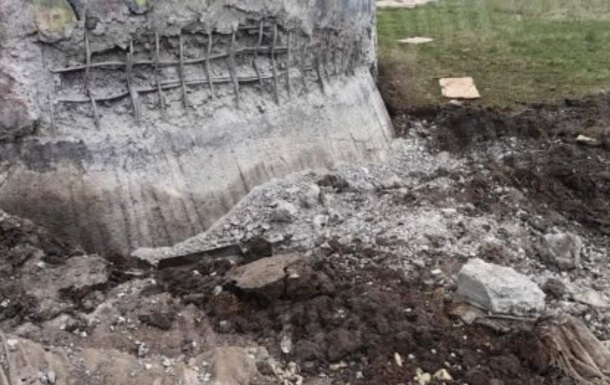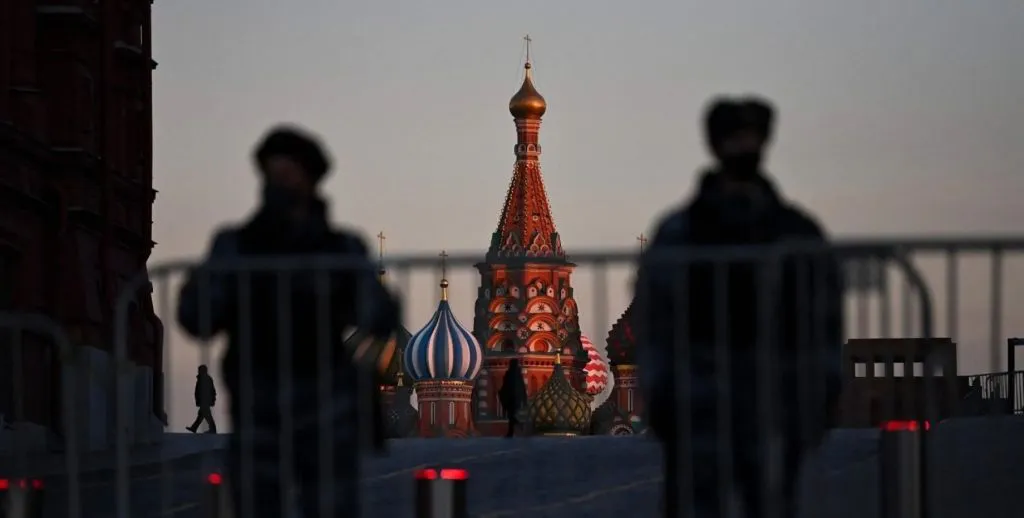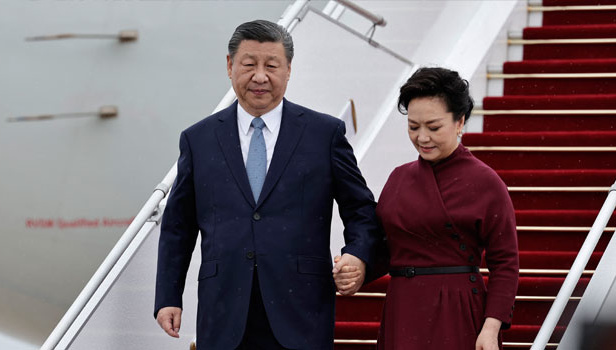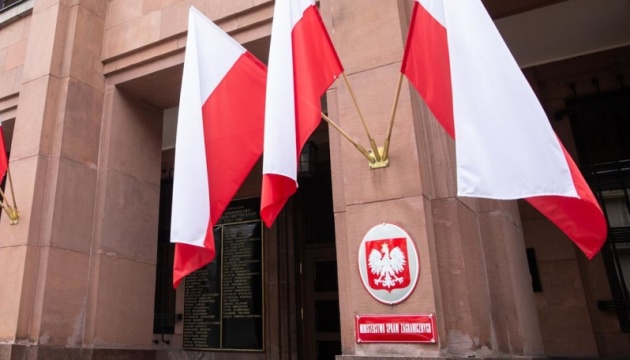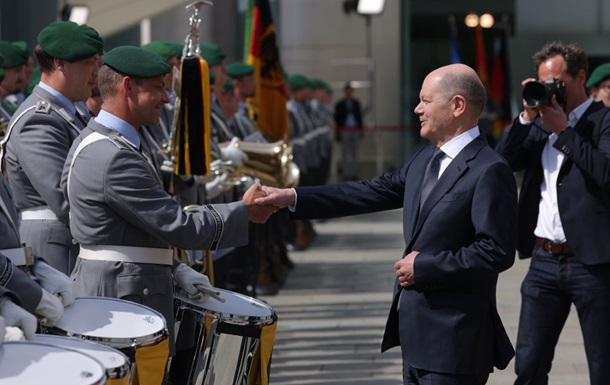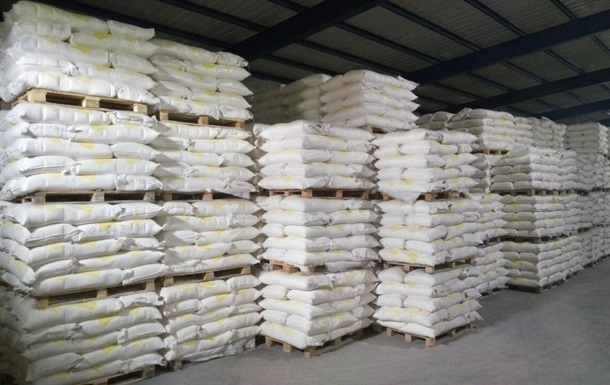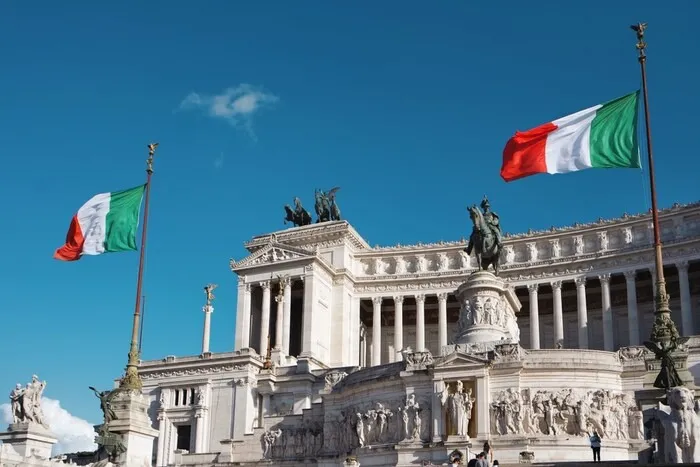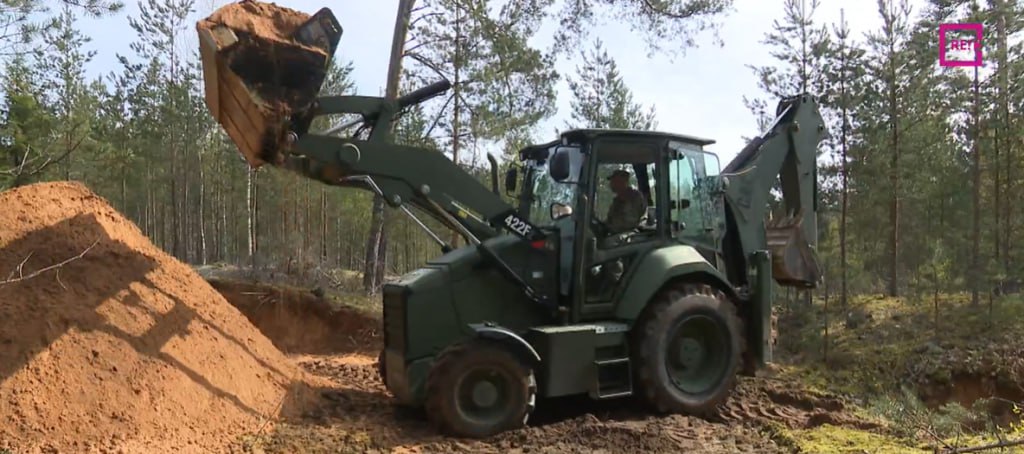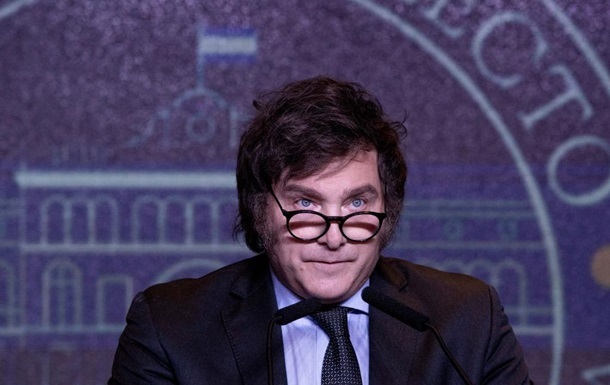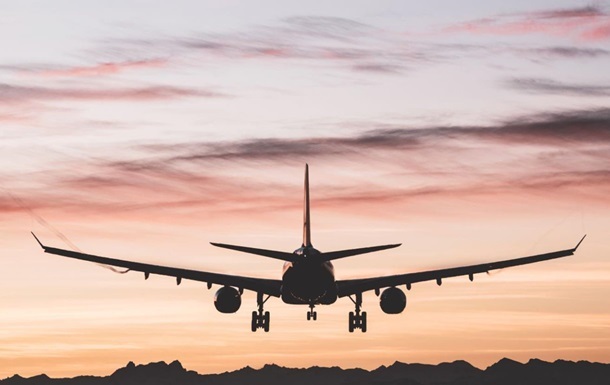To carry out the reform of the postal service, Rowland Hill (reformer, inventor, teacher) had the idea to introduce postage stamps into circulation. The first stamp was issued in 1840, in England. It was called "Black Penny". And soon after that, postage stamps began to be issued throughout Europe, stamp collectors appeared, and the first catalog was published in 1859. In Russia, the beginning of the use of stamps was observed in 1857. Now, it is impossible to imagine postal envelopes without stamps. Stamps are not only signs of payment, they are part of the history of the country where they were issued. It is even known that there have been international scandals because of stamps.
Stamp collectors are called philatelists. Collecting has always been considered a very interesting and exciting activity, stamps are exchanged, traded, and organized Philatelic auctions (stamp auctions). But how to start collecting stamps and do it correctly?
First, you need to purchase the album. And don't spend on it to save money. After all, only a high-quality album will help preserve stamps in their original form. Stamps should not be pasted into the album, because if the collector might want to change or sell the stamp, it will be very difficult to unstick it without damaging it. You can use transparent paper for fixation. In order to avoid gluing stamps to the pages, the album with stamps is stored in a vertical, not a horizontal position.
Secondly, it is worth remembering to protect the album from water, excessive humidity, low (below +12C) and high (above +20C) temperatures. Avoid exposure to direct sunlight on the album. It is undesirable to touch the stamps with your hands, for this it is better to use tweezers. Several times a month, the album should be flipped through for airing.
Collectors divide stamps into two types. Quenched and non-quenched. Extinguished stamps are considered copies with a stamp, non-extinguished - without it. Extinguished stamps are carefully cut out of postal envelopes, then they are left glued to a piece of paper in warm (not hot!) water for 10 or 20 minutes. When the stamp leaves the paper, it must be rinsed with clean water, carefully blotted with a paper towel and left for a short time under a light press to straighten it.
Whatever type the brand is, it must be perfect. All teeth are in place and undamaged, without tears. Without areas of thinning (this happens if the stamp was unglued carelessly). Without stains. When evaluating a brand, it is carefully studied under a magnifying glass and with the help of a toothpick.
It is not worth collecting all the stamps in a row. It is better to choose a certain topic. For example, one or several countries and collect stamps of only these countries. Starting with the earliest and ending with modern examples. Also, you can choose a topic, for example: flora, fauna, sports, architectural structures and much more.
It is important to know that collecting stamps is not a cheap pleasure.
You can buy a collector's item in specialized stores, buy it from like-minded philatelists and, as already mentioned, peel it off the postal envelope.
It is not necessary to pay attention to stamps that do not fit the theme of the collection, because they can be exchanged for an interesting specimen from other philatelists.


 295
295